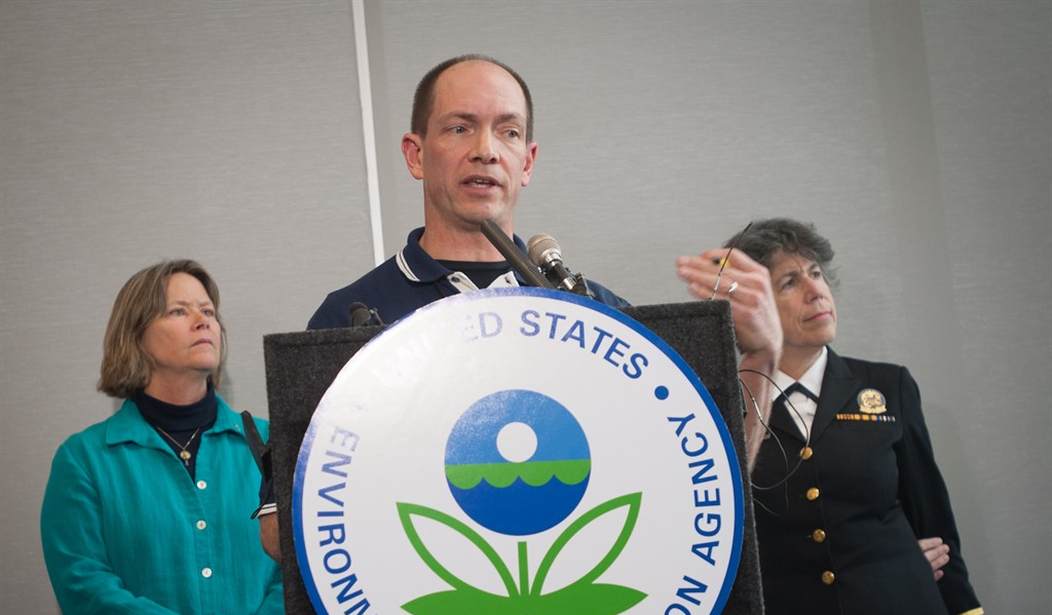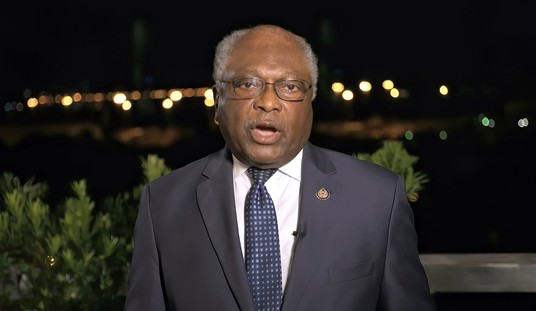On Tuesday, the Centers for Disease Control and Prevention issued guidelines for medical professionals to discourage them from prescribing these medicines to relieve pain. It has grounds for concern: Drug overdoses are now the leading cause of accidental death in the United States, with prescription and nonprescription opiates accounting for the biggest share of those fatalities.
Things apparently are getting worse. Since 2001, the number of deaths from overdoses involving legal prescription opiates has more than tripled, while the rate for heroin, an illicit drug, has risen sixfold.
These trends are the byproducts of a worthwhile change: more aggressive efforts by doctors to prevent suffering. In the 1990s, experts realized that patients suffering from both acute and chronic pain were being deprived of remedies. They also concluded that the danger of those patients becoming addicted had been exaggerated. The word went out, and over the past two decades, prescriptions for opioid painkillers have more than doubled.
The increase has been a blessing to millions of people whose ailing bodies had become cauldrons of misery. But alarmists think the side effects outweigh the benefits. So the CDC advises physicians to limit such prescriptions for short-term pain (say, from surgery) to three days or less.
Recommended
As for chronic, persistent pain, it recommends that patients first be treated with ordinary painkillers (such as ibuprofen or acetaminophen), physical therapy or antidepressants. If opiates are eventually used, doctors are told to monitor patients to make sure the drugs are actually doing the job.
It all sounds reasonable, but the guidelines pose real risks. They will undoubtedly dissuade some medical professionals from offering medicines that can be extremely helpful. By giving priority to the danger of overprescribing, the CDC will create errors on the side of under-prescribing.
But it's better to give some patients medicines they don't need than deny other patients medicines that they do. The CDC advice would tilt medical practice in the opposite direction. A broad effort to diminish the medical use of opioids will increase the net total of suffering.
There is more than enough already. "Pain affects millions of Americans; contributes greatly to national rates of morbidity, mortality, and disability; and is rising in prevalence," said a 2011 report commissioned by the federal Institute of Medicine. "Currently, large numbers of Americans receive inadequate pain prevention, assessment, and treatment."
The American Academy of Pain Medicine, which represents pain specialists, was distinctly lukewarm on the CDC advice. It stressed that opioids "are an important option -- as part of a comprehensive multidisciplinary approach -- that must remain available to physicians and appropriately selected patients." It also noted the need "to ensure that it does not inadvertently encourage under-treatment, marginalization, and stigmatization of the many patients with chronic pain that are using opioids appropriately."
The new guidelines, billed as voluntary, feature a club in the closet. Medical professionals whose judgment contradicts the CDC's may find themselves under scrutiny from regulators, insurance companies and the Drug Enforcement Administration. "Just the knowledge that you are being watched casts a chilling effect," Jeffrey Singer, a general surgeon in Phoenix, told me.
States that impose prescription monitoring programs do see a decline in opioid prescriptions. But a working paper by Angela Kilby, a Ph.D. candidate in economics at MIT, documents that they lead to more unrelieved pain, higher costs, more missed workdays and a temporary jump in overdose deaths from heroin.
One possible explanation for this last result is that when pain victims lose their legal opiates, some resort to the illicit version -- which can be especially hazardous because it varies so much in potency and purity. Without a doctor's supervision, these patients may be more prone to mix opiates with other drugs. Most overdose fatalities stem from combining heroin with alcohol, cocaine or prescription medicines.
An old maxim says, "We all have strength enough to bear the suffering of others." There is no doubt that when prescription painkillers are widely available through physicians, some people will fake symptoms to get drugs to misuse or sell. But punishing the innocent to get the guilty is a formula for increasing the sum of suffering.

























Join the conversation as a VIP Member